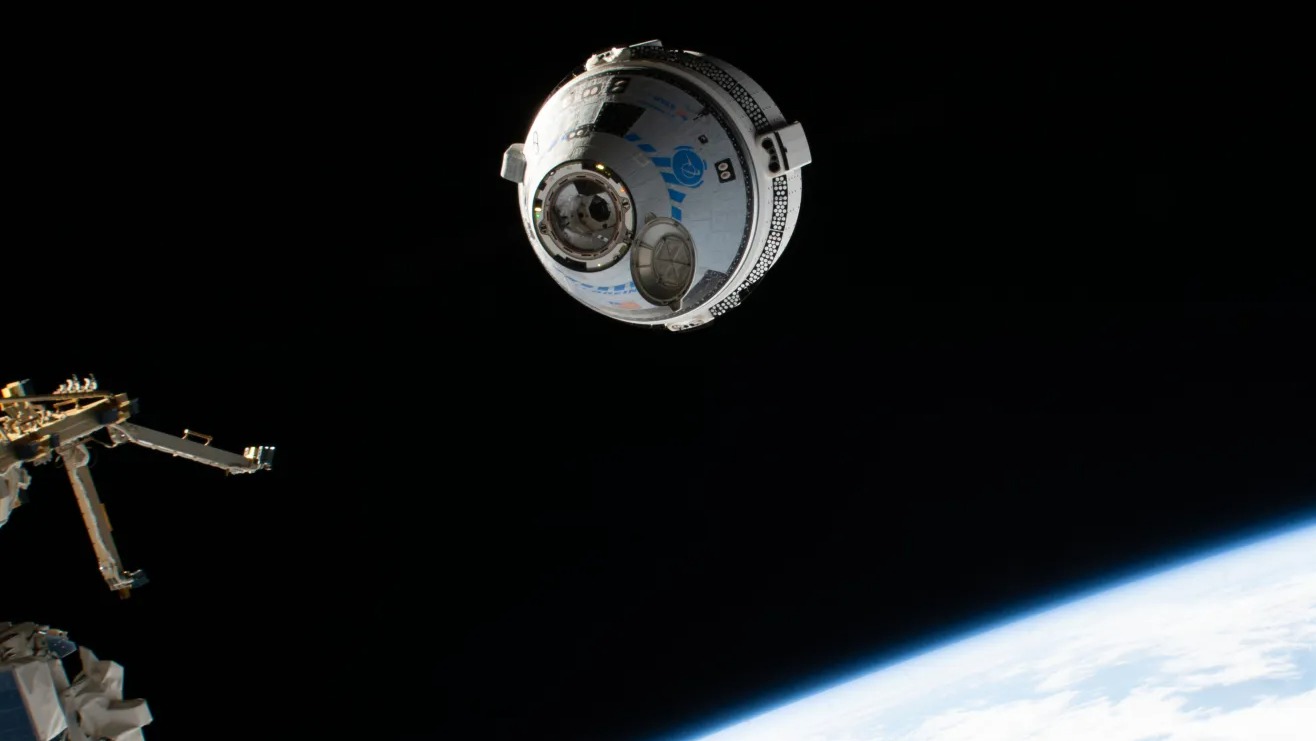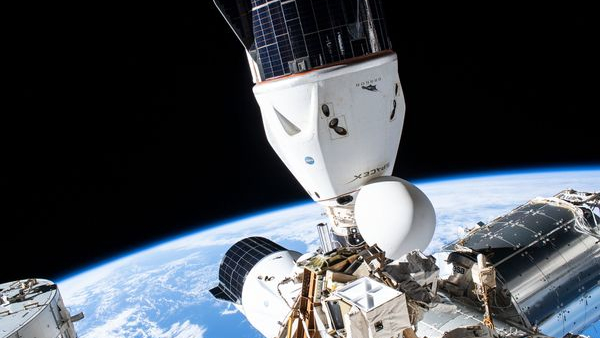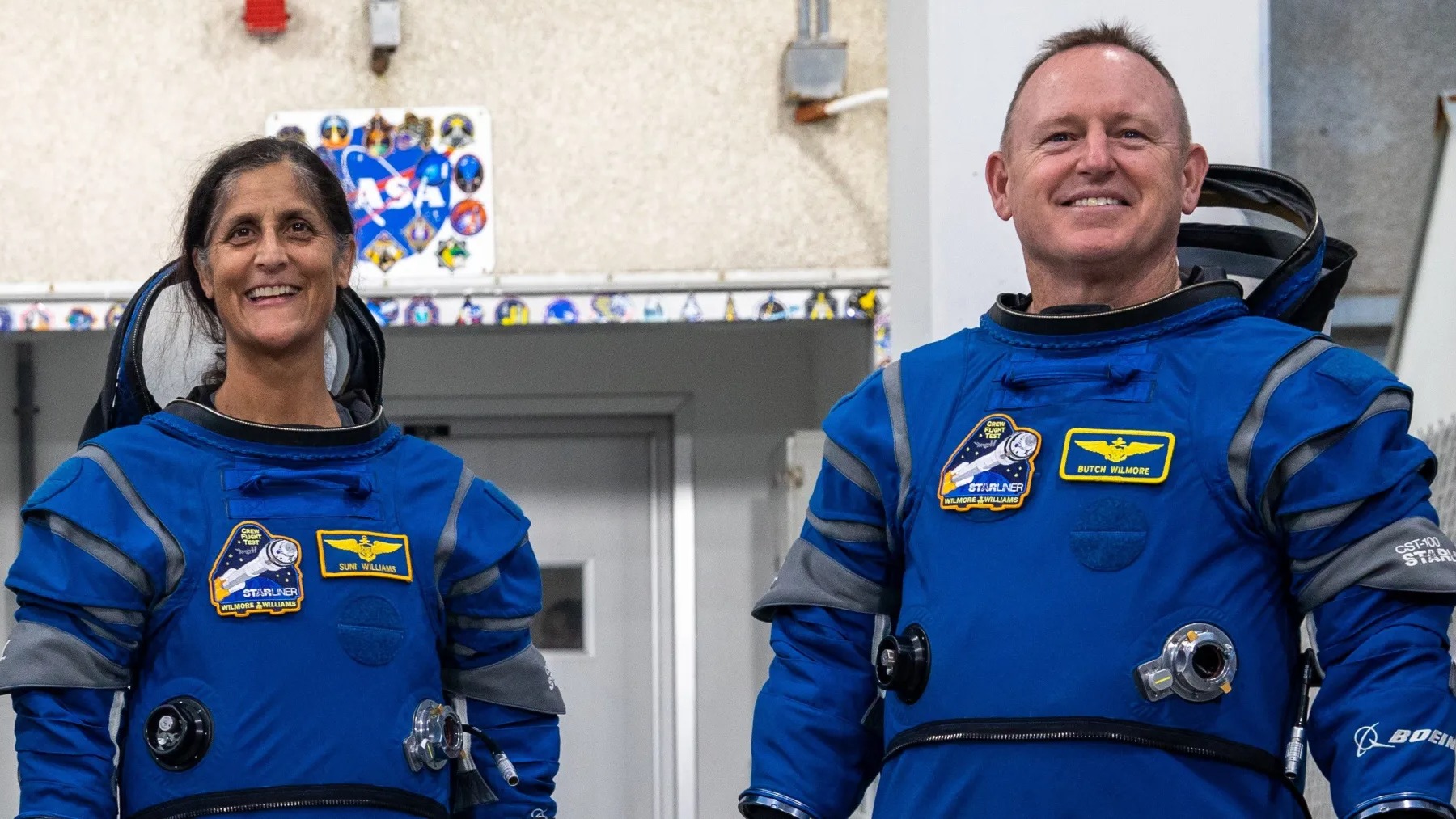What's next for Boeing Starliner after its 1st crew flight test?
"Every single mission, you learn something. We expect the same from this."

Boeing manager Mark Nappi has a spacecraft checklist with nearly 90 items on it.
Nappi is working alongside NASA to smooth the way for Crew Flight Test (CFT) of Boeing's Starliner spacecraft, the first mission with astronauts on board, now set to launch May 6.
Starliner has been in space twice during uncrewed test flights in 2019 and 2022, he said, but the next step is crucial: "We introduce the human," Nappi told reporters here at NASA's Johnson Space Center on March 22.
From launch to landing, through International Space Station (ISS) docking and re-entry into Earth's atmosphere, the astronauts will make sure the spacecraft can perform as planned — and that it can be recovered with stick flying if automatic systems fail. If they succeed, the first operational Starliner mission tees up in less than a year.
Related: 1st Boeing Starliner astronauts are ready to launch to the ISS for NASA (exclusive)
CFT is a shorter mission of a week or so, aiming to test out all systems and procedures with veteran NASA astronauts (and former Navy test pilots) Butch Wilmore and Suni Williams. The duo are the first astronauts to take control of Starliner since Boeing received $4.2 billion to develop ISS commercial crew vehicles from NASA in 2014. (SpaceX, at the same time, received $2.6 billion. SpaceX's operational missions for ISS with astronauts began in 2020.)
Delays in getting Starliner ready for astronauts accrued due to numerous technical issues, like not reaching the ISS in 2019 due to a software issue, that Boeing, NASA and the CFT astronauts all say have been resolved.
Get the Space.com Newsletter
Breaking space news, the latest updates on rocket launches, skywatching events and more!
Developmental flights like CFT bear their own risks, however, as key systems like life support have not yet been tested with humans in the spacecraft. That said, NASA maintains a manifest for future ISS rotation missions that like SpaceX's, will be six months long. The first for Boeing will be Starliner-1, currently expected to fly in early 2025. On board will be NASA commander Scott Tingle, NASA pilot Michael Fincke and Canadian Space Agency astronaut Joshua Kutryk.
Related: Boeing begins fueling Starliner capsule ahead of 1st astronaut launch

Nappi explained various milestones that will be assessed on CFT: crew comfort, human factors (or how the astronauts interact with the systems), the spacecraft performance during "dynamic" events like launch or docking, and a thorough checkout of systems like communications, thrusters, and navigation.
To be fair, he added, all space missions (even on veteran spacecraft) are like this, as NASA continued to implement improvements to the 30-year-old space shuttle program even as it approached retirement in 2011, he noted. "Every single mission, you learn something. We expect the same from this," he said.
Assuming CFT's Starliner and the astronauts return on time in late May, Boeing is ready to jump immediately into the Starliner-1's preparation. "We've already started working those requirements and schedules so that when the vehicle gets back at the end of May, we'll be ready to hit the ground running," Nappi said.

Steve Stich, manager for NASA's commercial crew program, hailed Boeing's progress in recent years and said Starliner certification appears to be "on a good path" to finish checking off the requirements for future operational missions in November or December, assuming an on-time launch date.
"It kind of needs to happen in about that timeframe to hit the spring [2025] slot," Stich said, referring to Starliner-1's expected launch date. NASA and Boeing managers will spend the intervening months examining the flight performance, to see if CFT's interim human rating certification can be extended to Starliner-1.
Given NASA and Boeing have been working for so many years together, and NASA already certified SpaceX's Crew Dragon successfully, Stich emphasized all players are familiar with the certification process and requirements. In fact, some items have been closed off already for Starliner-1: Stich estimated that 17 Starliner-1 requirements have been addressed, even before CFT lifts off on the debut astronaut space mission.
More spacecraft upgrades are already in store for future Starliner missions. For example, Stich said, Starliner-1 will feature improved software to fly to either port of the Harmony module on the ISS for docking operations (for the moment, it is approved to dock at the forward port only.)
Starliner-2, Nappi said, will fly improved oxidizer valves to address issues uncovered on the first uncrewed Starliner mission in 2019, called Orbital Flight Test 1. A new purge system will remove unneeded moisture from the valves, and some of the connector areas have been sealed as well to reduce moisture access.
Boeing's contract with NASA requires missions through Starliner-6. The first three missions are "in the process of being built", Nappi said, while the last three missions have nearly all parts in stock. (A selection of parts are on order.) Atlas V launch vehicles are all being readied for those six flights, too.
When asked if Boeing would consider flying private missions like SpaceX does, for customers like Axiom Space and billionaire Jared Isaacman's Polaris Program, Nappi said NASA's requirements come first. Assuming Boeing meets those expectations, "I think we may start looking at some of the private astronaut missions."
Join our Space Forums to keep talking space on the latest missions, night sky and more! And if you have a news tip, correction or comment, let us know at: community@space.com.

Elizabeth Howell (she/her), Ph.D., was a staff writer in the spaceflight channel between 2022 and 2024 specializing in Canadian space news. She was contributing writer for Space.com for 10 years from 2012 to 2024. Elizabeth's reporting includes multiple exclusives with the White House, leading world coverage about a lost-and-found space tomato on the International Space Station, witnessing five human spaceflight launches on two continents, flying parabolic, working inside a spacesuit, and participating in a simulated Mars mission. Her latest book, "Why Am I Taller?" (ECW Press, 2022) is co-written with astronaut Dave Williams.
-
danR If there are any problems with Starliner production I'm confident company whistleblowers will won't alert Congress.Reply









